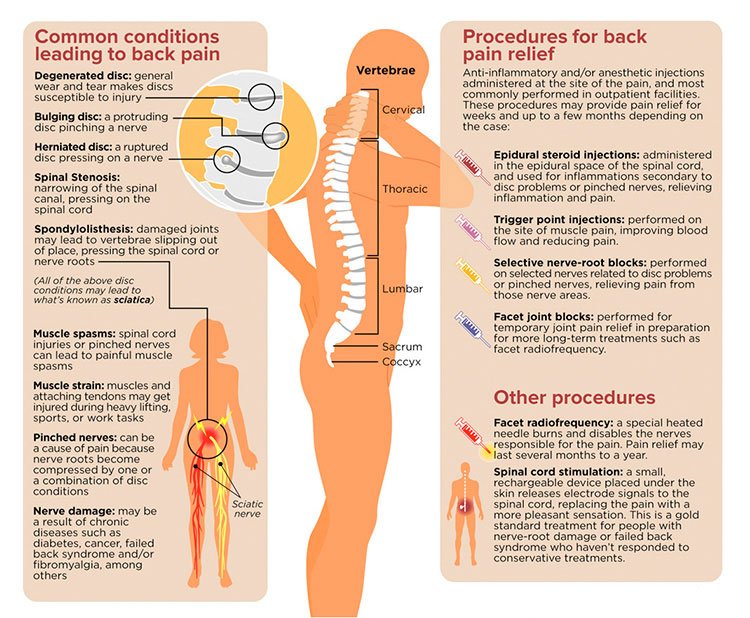 OPEN During COVID-19 | Lower Back Pain Treatment in Seattle / Bellevue
OPEN During COVID-19 | Lower Back Pain Treatment in Seattle / BellevueIs it normal to have back pain after a C sequence? There's a good chance you've been dealing with back pain during your pregnancy. After all, weight gain, hormonal changes and general inability to feel comfortable can take a toll on your body, including your back. And even though you may have expected some discomfort during pregnancy, you may not have expected postpartum back pain after your caesarea. It is something that some mothers experience after birth, with pain beginning within hours after delivery and continuing for days, weeks or months after delivery. Here is a look at the possible causes of back pain after a caesarea, commonly known as a , as well as what you can do to relieve some of the discomfort. The back pain after giving birth can be nervous irritation, especially when it is still . You probably expected to feel some incision discomfort, but now you're in more places than you thought possible. There is not a single possible cause of pain, but several plausible explanations for pains, which you might feel on your upper or lower back.1. Hormonal changes Being pregnant not only increases the size of your stomach, but also causes much less visible changes, some of which can contribute to back pain after delivery. During pregnancy, the body releases relaxation in preparation to give birth. This hormone loosens ligaments and joints to make it easier to push the baby. The body releases these hormones regardless of whether you have a vaginal delivery or a Caesarean. Since it is easier to glue your back when joints and ligaments are loose, the milder activity can cause lower or lower pain. The good news is that your joints, muscles and ligaments will gradually be strengthened in the months following pregnancy.2. Weight gainCarir extra body weight is another factor that contributes to back pain. It's normal to increase your size during pregnancy. After all, you are growing a completely new person. But the extra weight and a changing balance center due to taking so much of it in front could put stress on your back and spine, which leads to back pain.3. Lifting and carrying a new babyYour baby can only be six or seven pounds, which doesn't seem much, but that's more weight than you're carrying in your arms every day. In addition, you are constantly bending and lifting your baby from the crib, car seat and stroller. These additional movements and scope can affect your posture and cause neck and/or back pain. Being more aware of your posture when managing your baby can bring some relief. Instead of folding, keep your back as straight and straight as possible by lifting your baby and using your legs. Consider how you have placed your car seat and if sitting in the car to access the seat you will decrease the need for uncomfortable positioning while lifting your baby inside and outside. The same goes through the crib. Consider whether you are positioned for optimal use (as well as for baby safety!) and make adjustments as needed. 4. Breastfeeding is an excellent way to link with your baby, and during each feeding, you can look with love into your baby's eyes. Unfortunately, keeping this position for too long can strain your neck, causing pain in your neck that radiates into your back. Bad posture while breastfeeding can also cause back pain, especially if you shrink your shoulders to your baby. To reduce pain, keep your shoulders relaxed and place a pillow under your elbow to support your arm. Although it is good to look down during feedings, to occasionally break your eyes and look directly to avoid stretching your neck. 5. Effects of anesthesiaThe type of anesthesia can also cause pain in the days or weeks after delivery. You may receive an epidural or spinal block to numb the area in preparation for surgery. With an epidural, the doctor injects anesthesia into the area surrounding your spinal cord. Meanwhile, with a spinal block, they inject anesthesia closer to the spinal cord. Column blocks work faster, while it can take up to 20 minutes for an epidural to numb the abdomen, so the delivery method can influence what type was used. A problem with an epidural or spinal block is that they can cause muscle spasms near the spinal cord after delivery. These spasms can continue for weeks or months after delivery. The back pain after a headache is often temporary, with pain intensity gradually diminishing during days, weeks and months after delivery. Meanwhile, here is a look at several ways to help your back feel better. Try not to bend when you lift up and pick up your baby Be aware of your posture. Keep your back straight and bend with your knees. If you feel bad, ask your partner or someone else to put the baby in the crib, car or car seat. Keep your back straight while breastfeeding This can relieve pressure on the spine and neck, avoiding back pain and relieve the existing pain. Finding a comfortable place to feed can make a world of difference. Take a hot bath A hot bath can relieve and muscle spasms on the back. In addition, wet heat helps to increase blood circulation, reducing inflammation and back pain. As a Caesarean is surgery, do not take a bath until your healthcare provider gives you the clear. If you don't have time to bathe, put in the shower and let the hot water throw you in the back, or use mild exercises. Once your healthcare provider gives you the green light, start with simple, like Pilates or yoga. This helps strengthen abdominal muscles and releases muscle tension in the back. Also, going for a light walk can improve blood circulation. This can relieve inflammation and spasms on the back. Allow yourself to restMoving around too could worsen the back pain. So stay away from your feet as much as possible, especially if you are the hobby. Give back the opportunity to rest and heal. Being too active could prolong the pain. Also, take naps whenever possible. Sleep is how your body repairs, and the care of a new baby often means you're not having all the sleep you need. Get a massage Get a back massage can also help you feel better. can relieve muscle tension and improve blood circulation. Ask your partner to give you a massage or get a professional postpartum massage. Take medicines to relieve spasms Also, ask your doctor about safe medicines to take, especially if you are breast-feeding. Typically, it's okay to take acetaminophen and while breastfeeding. Just make sure that you don't exceed the maximum daily dose as instructed on the label. Although the back pain after a headache is common, do not ignore severe pain. This includes pain that prevents you from sleeping at night or makes it difficult to move or keep your baby. Your doctor may need to prescribe a medicine for the stronger pain. Depending on the severity of the pain, you may need to work with a physical therapist to strengthen the abdominal or rear muscles and relieve pain. It is also important to see a health care provider when a fever or numbness accompanies the back pain. This could be a sign of neurological complications of anesthesia. If a Caesarean delivery is planned or unexpected, it often comes with a longer recovery time, and it is also likely to have some back pain. Pain is usually temporary, and sometimes reversible by improving your posture and making other adjustments. If the pain does not improve after a couple of months or interferes with your daily life, talk to your doctor to discuss other relief options. Last medical review on February 12, 2020 related stories Read this next series of words
COVID-19 is an emerging and rapidly evolving situation. Account name Save an appointment to archive E-mail citation Add to Collections Add to My Bibliography Your search saved Create a file for external dating management software Your RSS Feed Full text links Actions Share Page navigation [low back pain after spinal anesthesia] Membership [low back pain after spinal anesthesia] Authors Membership Summary A 50-year-old man had an inguinal hernia repaired under spinal anesthesia with bupivacaine. On the second postoperative day, he complained of back pain and paresis at the back of the lower limbs, well relieved by nonsteroidal anti-inflammatory drugs. On the sixth postoperative day, he returned to the hospital, due to the low back pain associated with a heavy-footed feeling. The hypothesis of a neurological complication of spinal anesthesia was considered. The patient's interview revealed a history of lumbar disk disease, not reported during the preoperative visit. After a thorough clinical examination, two causes seemed possible: subarachnoid haematoma and lumbar disc protusion. Against the first diagnosis were the initial clinical signs. However, in many cases, the objective neurological deficit arises too late to allow efficient neurosurgical treatment. Thus, a MRI exam was performed that is not invasive compared to a computed tomography myelogram. In our patient, he did not detect a true lumbar disk protusion, but a simple degenerative disease of the L5-S1 disc. By suppressing lumbar syrup, spinal anesthesia probably allowed a strain of capsules and spinal tendons, responsible for the problems. Similar articles Types of publication MeSH Terms Substances Related information Link Out - more resources Full text sourcesNCBI Literacy resources National Library of Medicine

Do Epidurals During Labour Lead to Chronic Back Pain?
Spinal block for labor pain: pros and cons | BabyCenter
Pain management in labour and delivery
Treatment for low back pain if it may have originated with an epidural
Back pain following spinal anesthesia: busting the myth |Dr. Ashwini Sharma
Complications in Spinal Anaesthesia | IntechOpen
Singapore Back Pain Specialist | Singapore Sports and Orthopaedic Clinic - Neurosurgeon
Spinal Injections Treatments | Spine Institute Northwest
Complications in Spinal Anaesthesia | IntechOpen
Back Pain from Epidural: Causes and Treatment
What Is a Spinal Cord Stimulation Trial
Spinal Headaches: Causes, Symptoms, Treatment & Outcome
Care after anesthesia | After surgery | Surgery: What You Need to Know
Staying Active After Epidural Steroid Injections
Epidural Steroid Injections for Back Pain and Leg Pain Video
8 Facts About Epidural Side Effects | Parents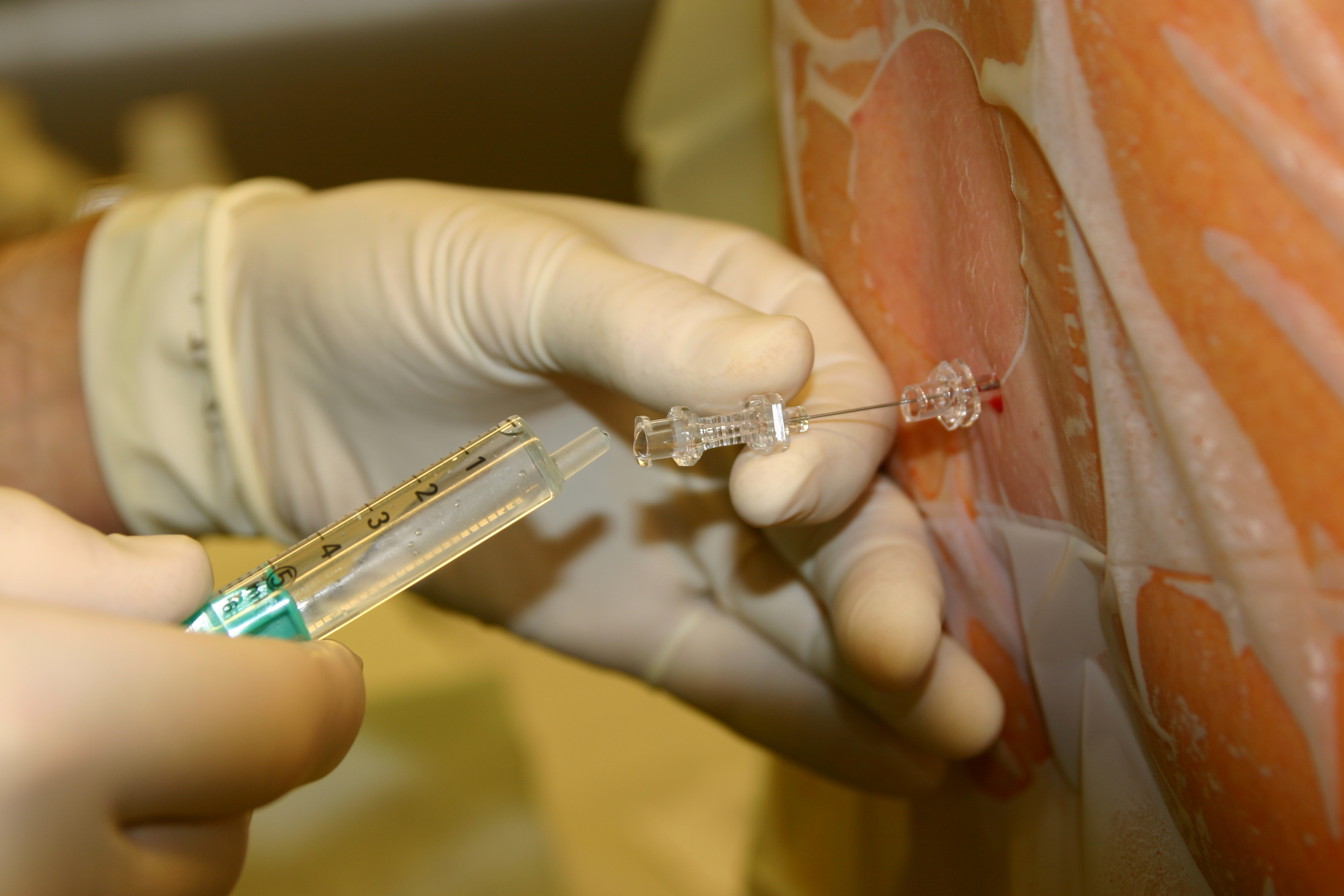
Spinal anaesthesia - Wikipedia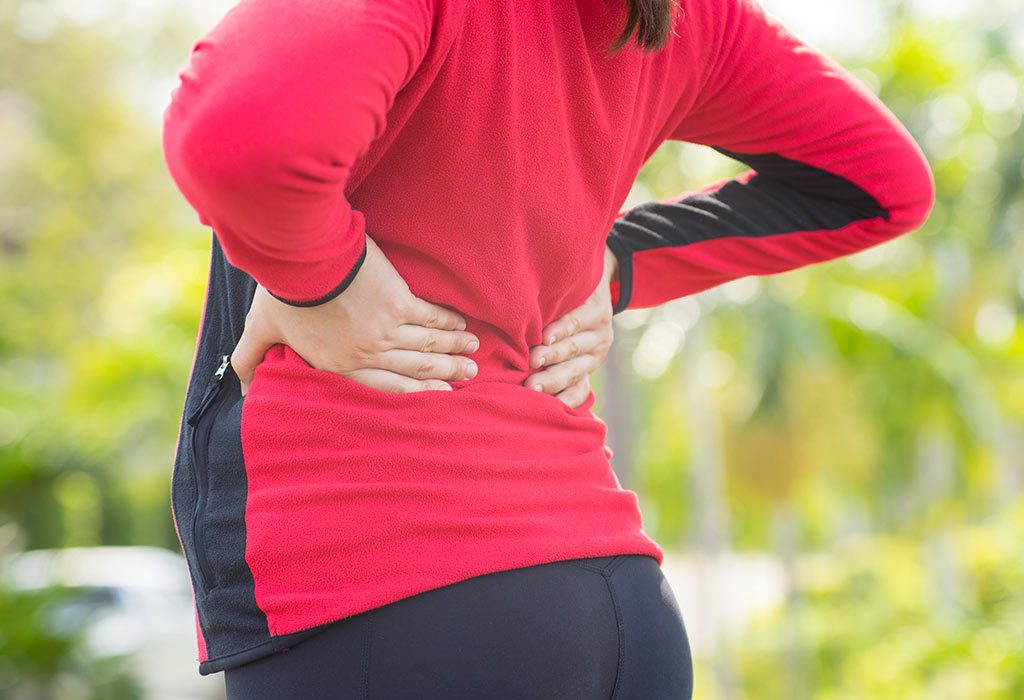
Back Pain After Caesarean Delivery: Causes, Duration & Remedies
Mom, is your backache killing you? Here's what might be the cause... | Parent
Lower Back Pain | Causes, Treatments, Exercises, Back Pain Relief
Need a Nerve Block? 4 Things You Should Know – Health Essentials from Cleveland Clinic
Epidural injections for lower back and leg pain | Bupa UK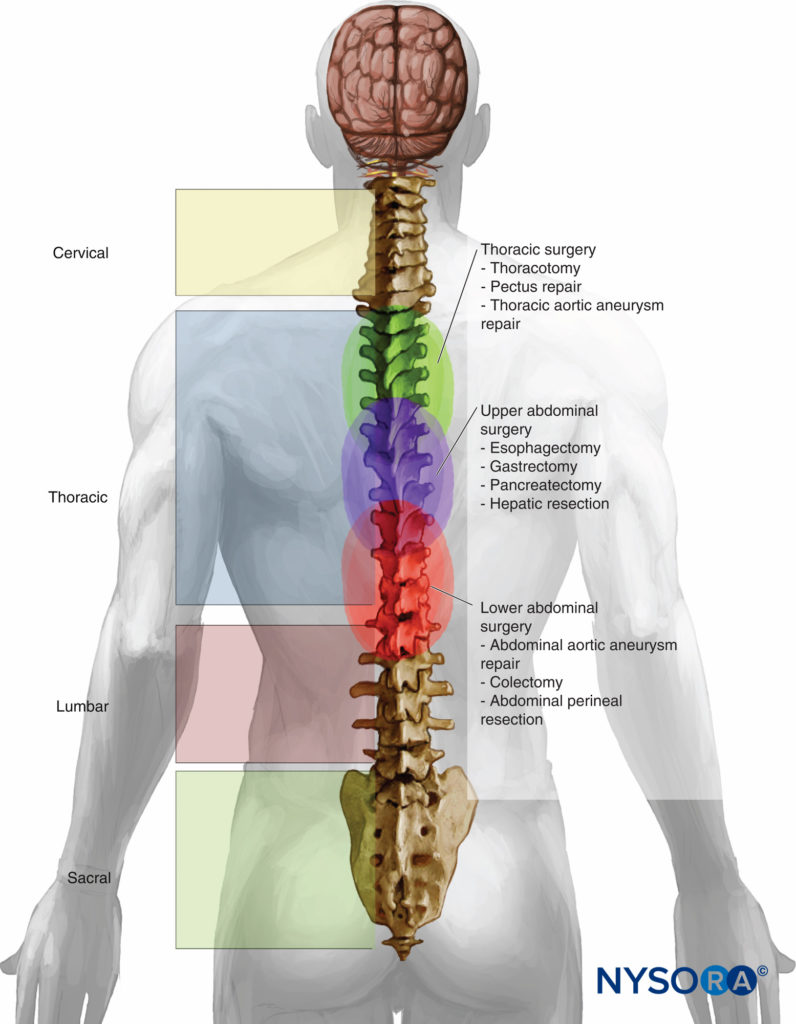
Epidural Anesthesia and Analgesia - NYSORA
Thoracic Epidural Injection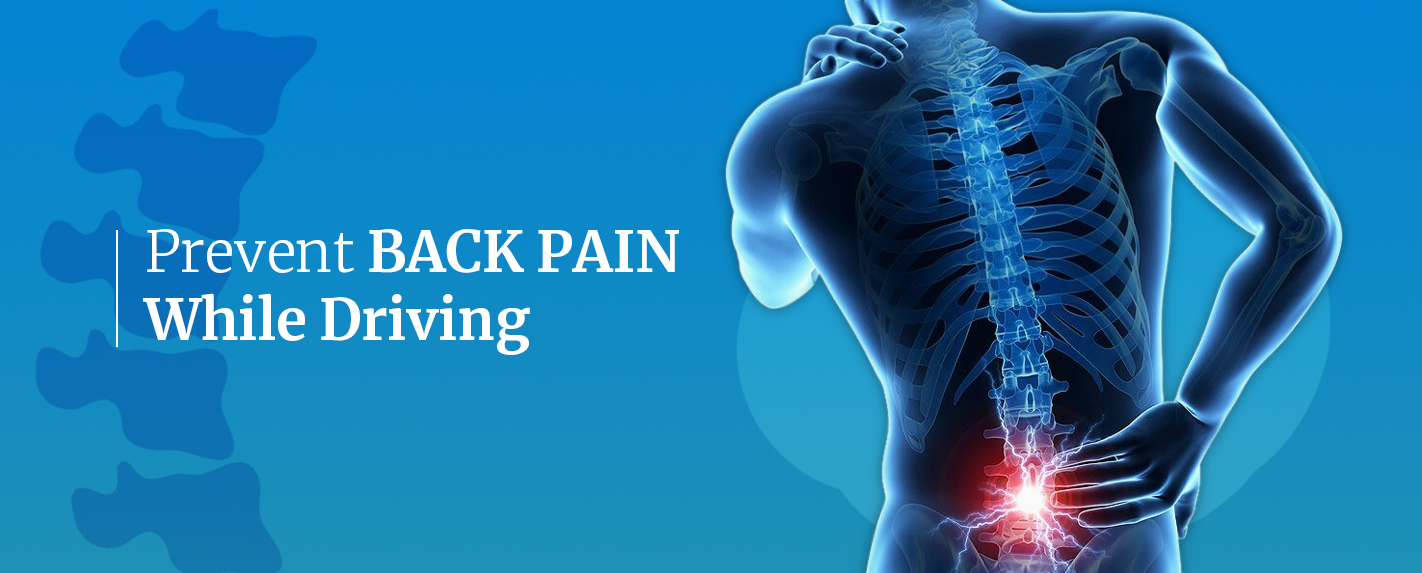
Prevent Back Pain While Driving - Spine INA
Spinal Anesthesia for Caesarean Delivery: Benefits & Side Effects
Lower Back Pain: Symptoms, Stretches, Exercise for Pain Relief
Nerve Blocks: Medication Injections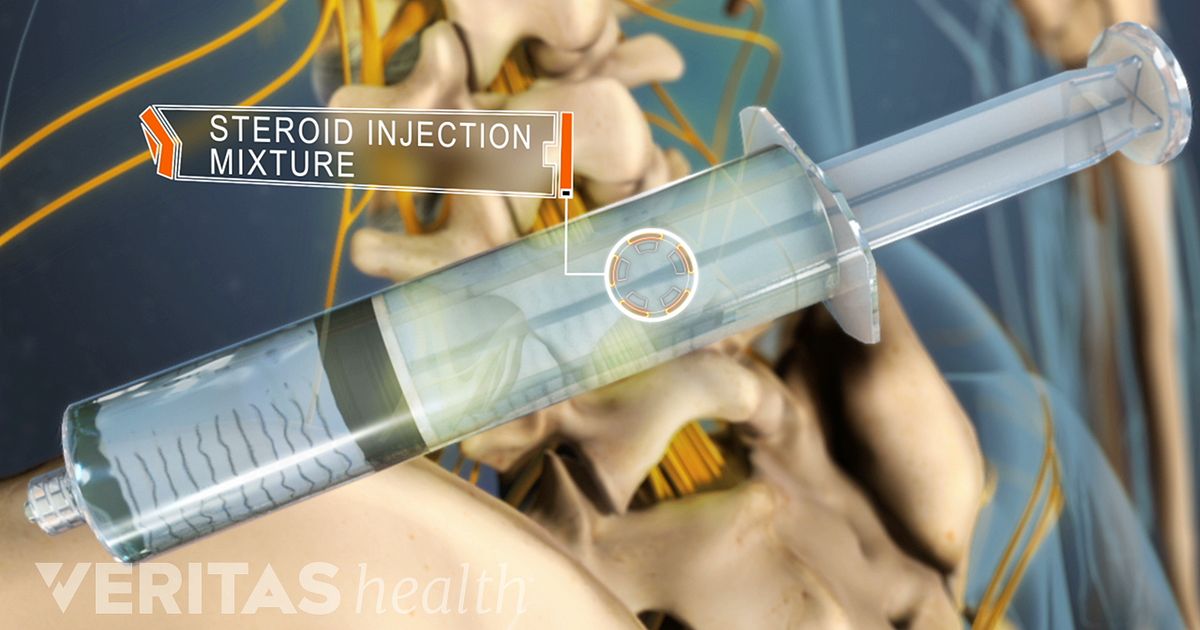
Lumbar Epidural Steroid Injections for Low Back Pain and Sciatica
Lumbar Epidural Injection
Lumbar Sympathetic Block | Southeastern Spine Institute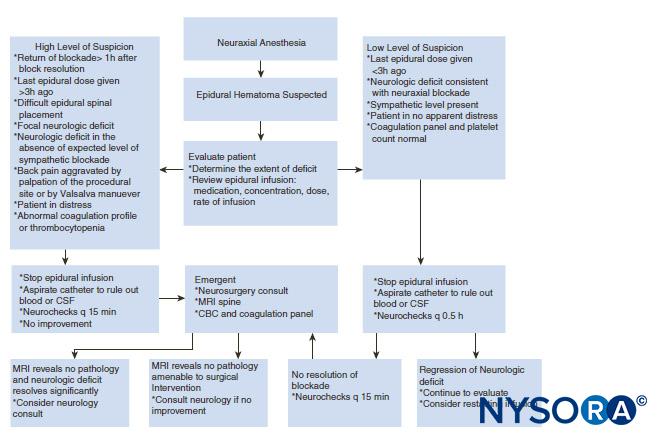
Diagnosis and Management of Spinal and Peripheral Nerve Hematoma - NYSORA
Back Pain After Epidural: This May Change Your Mind – Babyprepping.com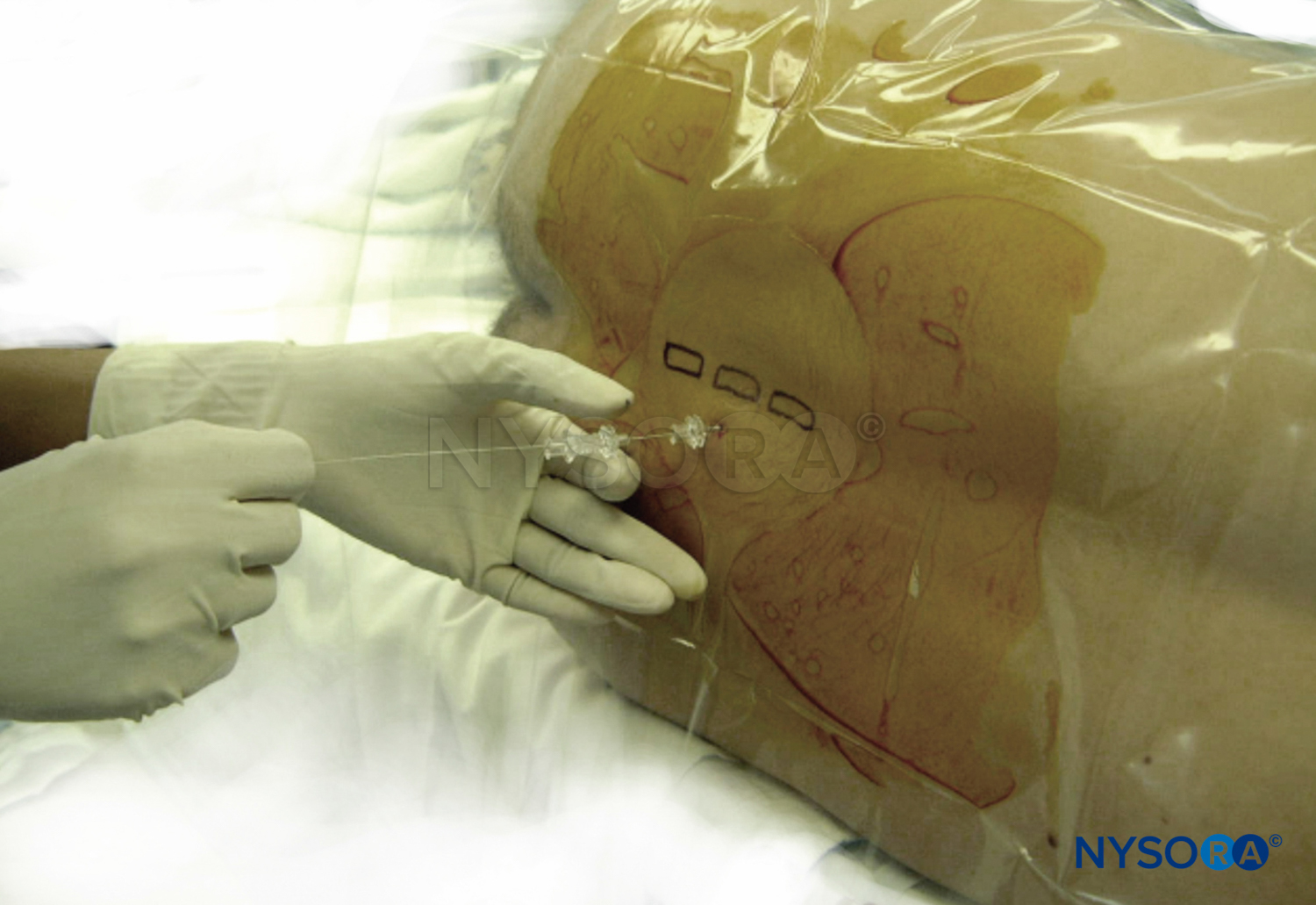
Spinal Anesthesia - NYSORA/2488675_color1-5bd8c778c9e77c00266553d3.png)
Uses, Side Effects, and Procedure of a Spinal Tap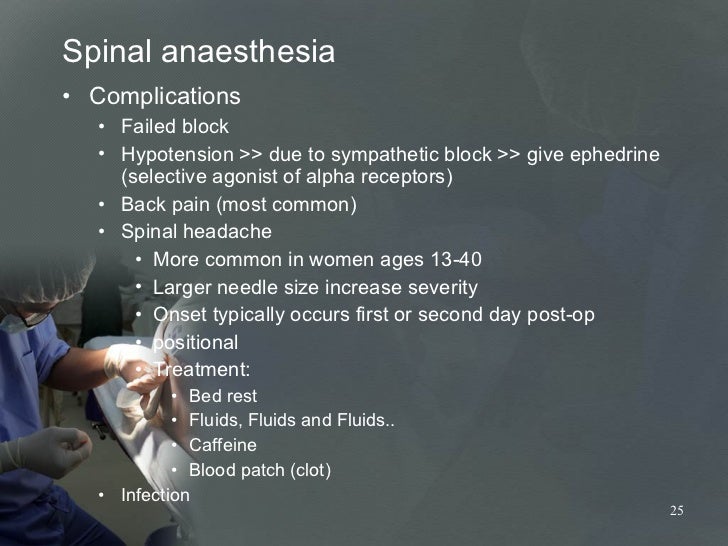
regional anesthesia and beir block
Epidural For Labor - Epidural Injection Side Effects, Risks, and More
Why Do Doctors Keep Pushing Invasive Procedures on Me? — Pain News Network
11 Risks of Epidurals During Delivery: Itching, Fever, and More
Low back pain - Wikipedia
 OPEN During COVID-19 | Lower Back Pain Treatment in Seattle / Bellevue
OPEN During COVID-19 | Lower Back Pain Treatment in Seattle / Bellevue





























/2488675_color1-5bd8c778c9e77c00266553d3.png)



Posting Komentar untuk "back pain after spinal block"